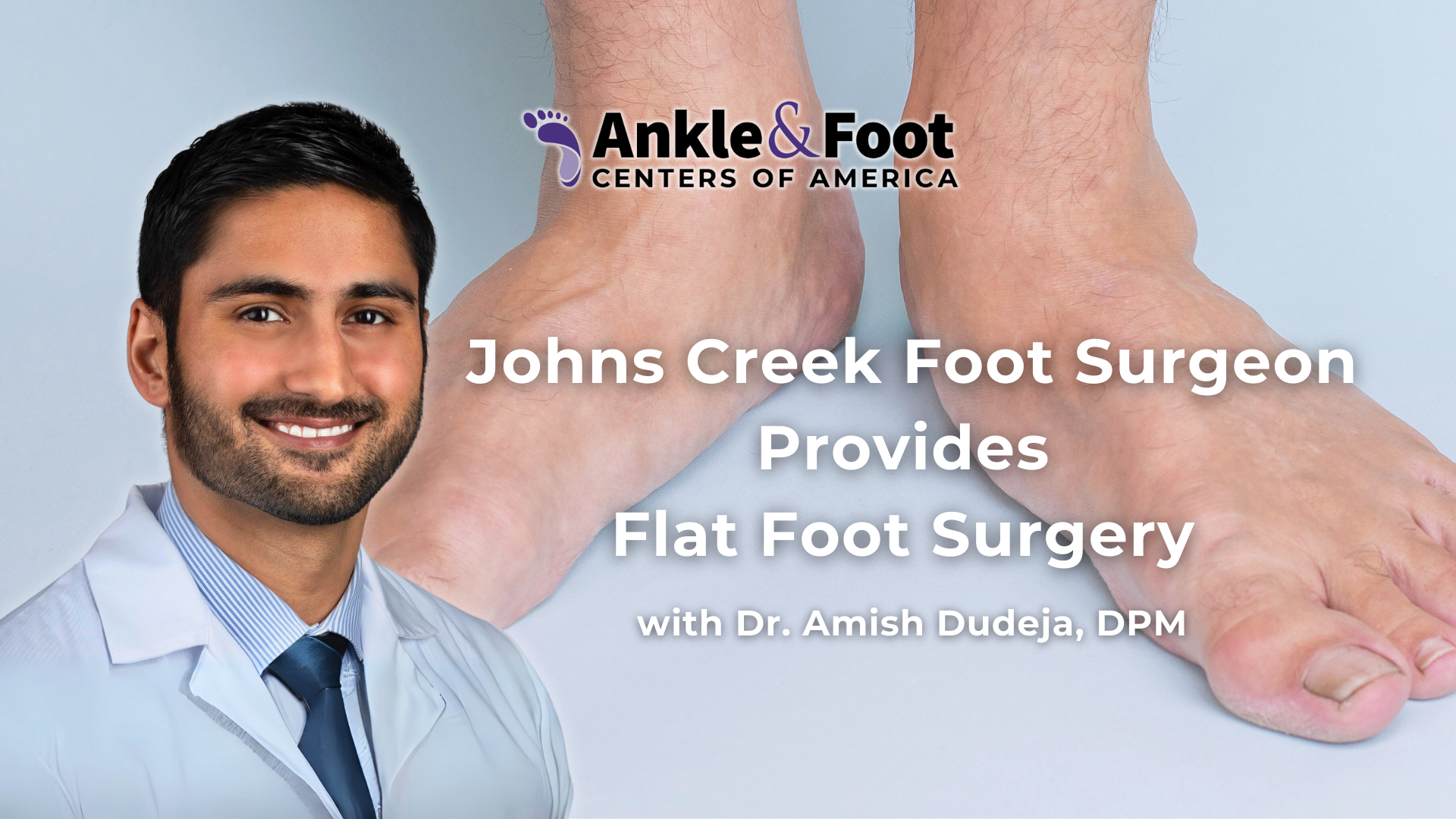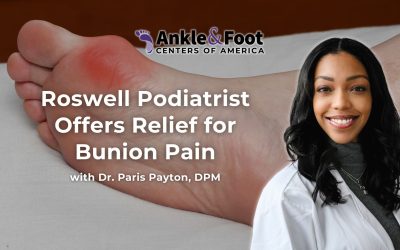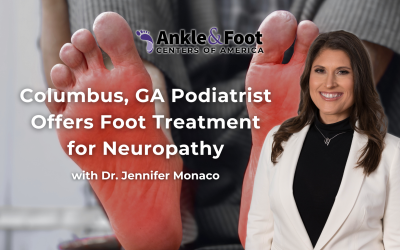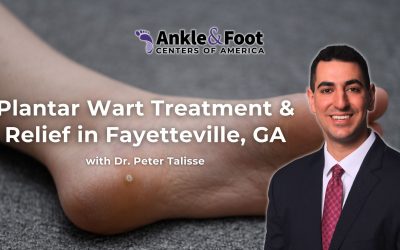Relief from Flat Feet Pain: Expert Surgical Care in Johns Creek
Flat feet can make everyday activities like walking, running, or even standing for long periods both uncomfortable and challenging. As a result, for those dealing with flat feet pain, finding the right treatment is essential to regain mobility and improve quality of life. For example, while non-surgical options like insoles for flat feet and arch support can provide relief for some, others may require a more advanced solution.
If this sounds familiar, and you’re struggling with persistent flat feet pain, you might wonder, “Is there surgery for flat feet?” Fortunately, the answer is yes. Flat foot surgery is a proven option for individuals whose condition doesn’t respond to non-surgical treatments. In fact, in Johns Creek, a skilled foot surgeon offers expert care and flat foot reconstruction surgery to help patients achieve long-term pain relief and better foot function.
Throughout this article, we’ll explore what flat feet are, how to fix flat feet, and the available treatments, including flat foot surgery, to help you make informed decisions about your foot health.
Table of Contents
Understanding Flat Feet
Flat feet, also known as fallen arches, occur when the arches of the feet are either low or nonexistent. This condition can affect people of all ages and may be present from childhood or develop over time due to factors like aging, injury, or prolonged stress on the feet.
What Causes Flat Feet?
Flat feet can result from various factors, including:
- Genetics: Some people are born with flat feet.
- Injuries: Damage to tendons or joints can lead to the loss of arch support.
- Medical conditions: Arthritis, obesity, and diabetes can contribute to flat feet.
- Overuse: Activities that place repetitive stress on the feet may weaken the arch over time.
Symptoms of Flat Feet
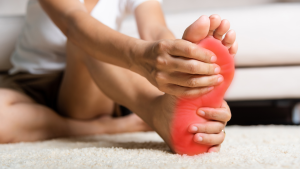 Flat feet often cause noticeable symptoms, such as:
Flat feet often cause noticeable symptoms, such as:
- Pain or discomfort in the arches or heels.
- Swelling on the inside of the ankle.
- Difficulty walking, running, or standing for long periods.
- Uneven shoe wear due to changes in foot structure.
Impact on Daily Life
Flat feet can interfere with normal activities, making even simple tasks uncomfortable. Without proper treatment from a podiatrist, the condition may lead to additional problems such as knee, hip, or back pain.
Understanding flat feet is the first step toward addressing the condition effectively. Whether through supportive insoles or flat foot surgery, the right treatment can alleviate discomfort and restore mobility.
How to Fix Flat Feet: Non-Surgical Options
For many individuals, flat feet can be managed effectively without surgery. Non-surgical treatments focus on alleviating pain, improving foot alignment, and supporting the arches. Here are some commonly recommended options:
Insoles and Arch Supports
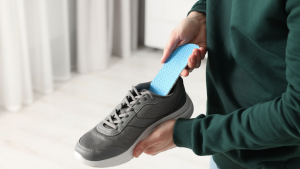 Using insoles for flat feet is one of the most popular and effective ways to provide support. Custom or over-the-counter flat feet insoles are designed to:
Using insoles for flat feet is one of the most popular and effective ways to provide support. Custom or over-the-counter flat feet insoles are designed to:
- Relieve pressure on the arches.
- Improve foot alignment.
- Reduce discomfort during activities like walking or running.
The best insoles for flat feet often feature sturdy arch support, shock absorption, and cushioning to enhance comfort.
Supportive Footwear
Wearing shoes with proper support is crucial for managing flat feet. Look for features such as:
- Firm arch support.
- A wide toe box for comfort.
- Cushioning in the midsole to absorb impact.
Avoid flat or unsupportive shoes like flip-flops or high heels, as they can worsen symptoms.
Physical Therapy and Exercises
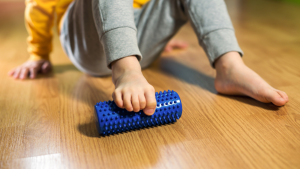 Targeted exercises can strengthen the muscles and tendons in the feet and ankles, improving arch stability. Popular exercises include:
Targeted exercises can strengthen the muscles and tendons in the feet and ankles, improving arch stability. Popular exercises include:
- Toe curls: Picking up objects with your toes.
- Heel raises: Standing on tiptoes to strengthen the calf and arch muscles.
- Arch lifts: Gently raising the arch while keeping the toes and heels on the ground.
A physical therapist can tailor exercises to your specific needs for better results.
Lifestyle Adjustments
- Weight management: Maintaining a healthy weight reduces strain on your feet.
- Rest and ice: If pain flares up, resting and applying ice can help manage inflammation.
- Orthotic adjustments: Periodic checks to ensure your insoles are providing optimal support.
Non-surgical methods are often the first line of treatment for flat feet, offering significant relief and improving daily function. However, if symptoms persist despite these efforts, consulting a specialist about surgical options may be the next step.
Surgical Options for Flat Feet
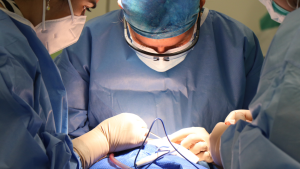 When non-surgical treatments like insoles for flat feet or physical therapy aren’t enough to provide relief, surgical intervention may be necessary. Flat foot surgery is a highly effective option for individuals experiencing severe flat feet pain or significant foot deformities. Here’s what you need to know about surgical solutions.
When non-surgical treatments like insoles for flat feet or physical therapy aren’t enough to provide relief, surgical intervention may be necessary. Flat foot surgery is a highly effective option for individuals experiencing severe flat feet pain or significant foot deformities. Here’s what you need to know about surgical solutions.
When is Flat Foot Surgery Recommended?
Flat foot surgery is typically suggested for patients who:
- Have persistent pain that limits daily activities.
- Show significant deformities in foot structure.
- Do not respond to non-surgical treatments like flat feet insoles or arch support.
- Experience complications such as tendon damage or arthritis.
Types of Flat Foot Surgery
The specific procedure will depend on the severity and underlying cause of your condition. Some common flat foot reconstruction surgery options include:
Tendon Repair or Transfer
- For flat feet caused by damaged tendons, this procedure involves repairing or replacing the affected tendon to restore support to the arch.
- Helps stabilize the foot and alleviate flat feet pain.
Bone Realignment (Osteotomy)
- This surgery reshapes or repositions bones to correct deformities and improve alignment.
- Often combined with arch support techniques for better long-term results.
Fusion Surgery
- In cases of severe deformities or arthritis, surgeons may fuse joints to stabilize the foot.
- Reduces pain and provides a stronger foundation for walking.
Implants
- For some patients, implants can be inserted to support the arch and restore proper foot function.
Benefits of Flat Foot Surgery
- Pain Relief: Long-term reduction in discomfort.
- Improved Mobility: Enhanced ability to walk, run, and stand.
- Better Foot Alignment: Correcting deformities restores the natural shape and function of the foot.
Recovery and Post-Surgery Care for Flat Foot Surgery
Recovery from flat foot surgery generally involves wearing a cast or boot for several weeks to protect the foot and allow proper healing. Patients gradually transition to weight-bearing activities under medical supervision. Physical therapy plays a crucial role in restoring mobility, while supportive devices like flat feet insoles help maintain proper alignment and enhance stability during recovery.
With consistent care and follow-up, most patients experience significant pain relief, improved foot function, and a smooth return to their daily activities.
Is There Surgery for Flat Feet? Absolutely.
For those struggling with chronic flat feet pain and limited mobility, flat feet surgery offers a lasting solution. By consulting with a skilled foot surgeon, you can explore the best treatment options to fix flat feet and regain an active, pain-free lifestyle.
If you’re ready to take the next step, contact Ankle & Foot Centers of America in Johns Creek for expert care tailored to your needs.

Flat Feet Pain? Discover How to Fix Flat Feet with Expert Care
Flat feet can significantly impact your quality of life, but with the right care and treatment, you can find relief and restore your mobility. From non-surgical options like insoles for flat feet to advanced solutions like flat foot surgery, there are effective ways to address this condition and improve your foot health.
If you’re struggling with flat feet pain or wondering how to fix flat feet, don’t wait to seek professional help. At Ankle & Foot Centers of America in Johns Creek, our expert foot surgeon offers personalized care, including flat foot reconstruction surgery, to help you regain your comfort and confidence.
Take the first step toward healthier, pain-free feet. Contact us today to schedule a consultation and learn more about your treatment options!

